An international team of archaeologists is excavating in the jungles of Gabon in search of remains that could shed light on how prehistoric humans lived and adapted to changing environmental conditions in Central Africa.
Scientists say that about 2 billion years ago, the Lastourville region in eastern Gabon was under a vast ocean. However, the terrain has now completely changed, covered with tropical forests and dolomite cliffs with many natural caves, once home to prehistoric humans.
One of the most prominent archaeological sites is the Youmbidi cave, where a team led by French geoarchaeologist Richard Oslisly is currently excavating. Here, the team has discovered many valuable artifacts, including stone tools that are believed to date back to before 10,000 BC, which could have been used for cutting or spinning fibers.
The team also found an arrowhead, along with fragments of dolomite, quartz and jasper, which showed traces of crafting around 10,000 years ago. This is evidence that ancient residents lived continuously in this area for more than 12,000 years.
According to Mr. Oslisly, who has more than 45 years of research in Central Africa, most of the previous archaeological research in Africa has focused on empty lands such as the Sahara, Sahel or Egypt. But the jungle also hides many secrets about the relationship between humans and nature.
According to Mr. Geoffroy de Saulieu, an expert from the French Institute of Research for Development (IRD) and currently collaborating with the Gabon National Park Management Agency, research at Youmbidi cave can help scientists understand more about the lifestyle, language and social organization of unknown ancient human communities.
Archaeologists have collected every small piece from pottery shards, bones, charcoal to human teeth to recreate a lost world .
This year’s highlights include a piece of pottery dating back more than 6,500 years, the oldest ever found in Central Africa, and a human tooth that may contain DNA, opening up the possibility of a breakthrough in ancient genetics research.
In addition, a bead made from snail shells, dating from 3,300 to 4,900 years ago, was also found, as a testament to the refined lifestyle and aesthetics of the residents of that period.
According to Mr. de Saulieu, these discoveries show that prehistoric people were not wild as often described, but actually had their own customs, civilization and lifestyle.
According to ancient climate expert Yannick Garcin, the Central African region has experienced major changes in climate, hydrology and ecosystems over the past 12,000 years in the Holocene period. Research at Youmbidi Cave can help scientists better understand how prehistoric humans adapted to climate change, thereby drawing lessons for the present.
According to Mr. Oslisly, understanding the relationship between humans and the environment in the past will help respond more effectively to environmental changes in the future. He also believes that Central Africa deserves further in-depth research investment./.
Source: https://www.vietnamplus.vn/he-lo-bi-an-ve-cach-con-nguoi-tien-su-sinh-song-o-khu-vuc-trung-phi-post1054101.vnp




![[Photo] Hanoi: Long Bien residents brave the rain to go to work and school amid traffic jams due to bridge closures from early morning](https://vphoto.vietnam.vn/thumb/1200x675/vietnam/resource/IMAGE/2025/11/07/1762485038077_dji-0206-1506-jpg.webp)
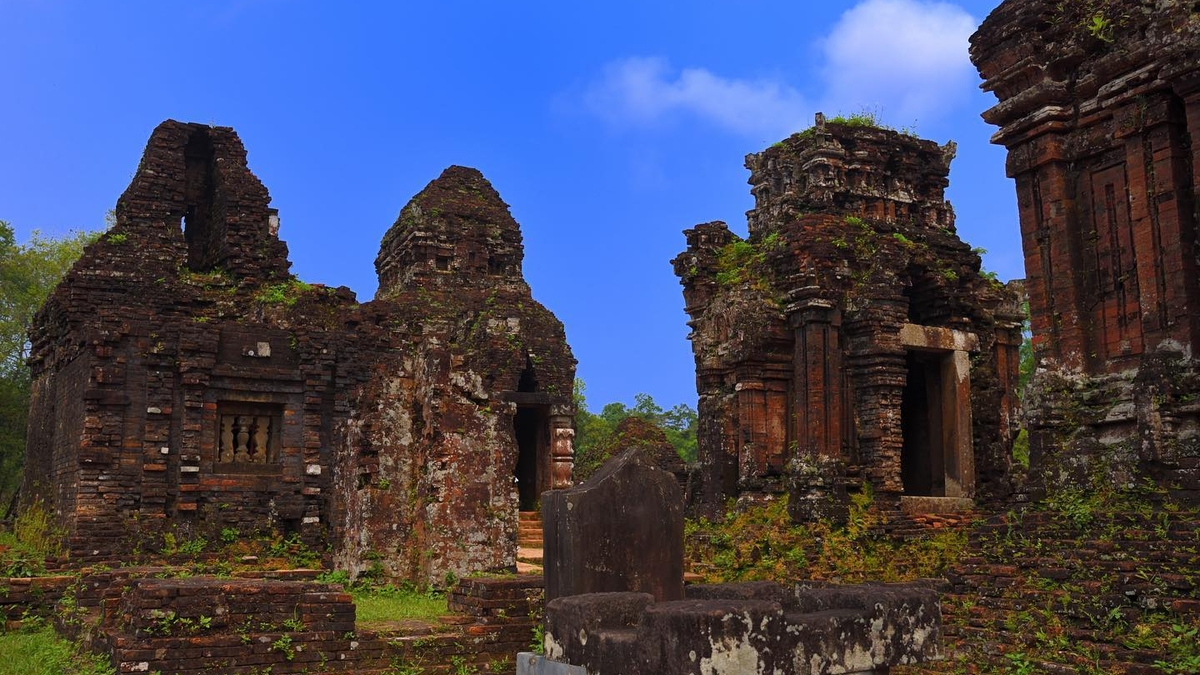
![[Photo] Prime Minister Pham Minh Chinh receives the delegation of the Semiconductor Manufacturing International (SEMI)](https://vphoto.vietnam.vn/thumb/1200x675/vietnam/resource/IMAGE/2025/11/06/1762434628831_dsc-0219-jpg.webp)
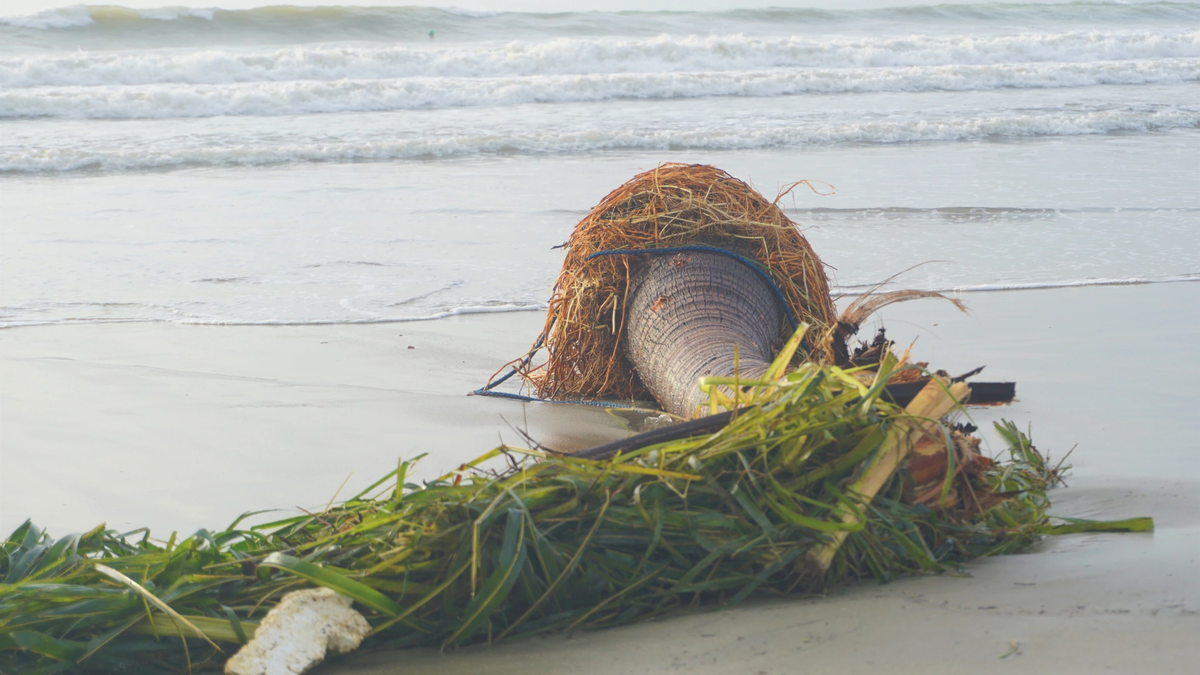






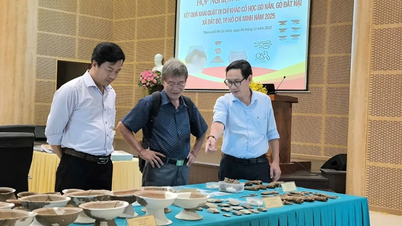








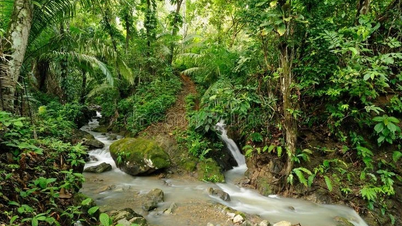





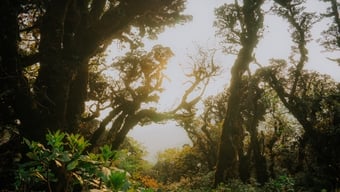



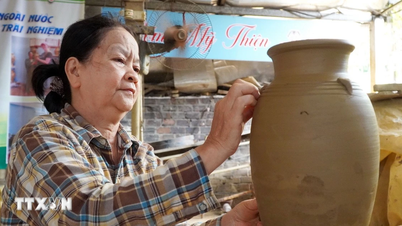










































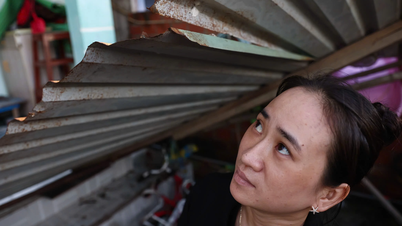


































Comment (0)